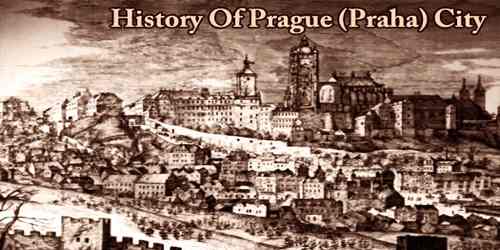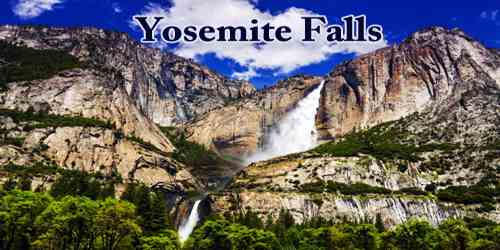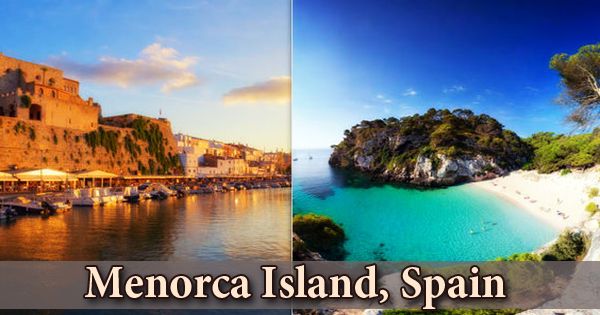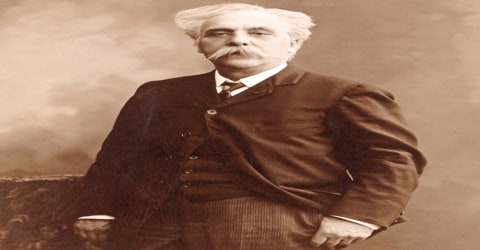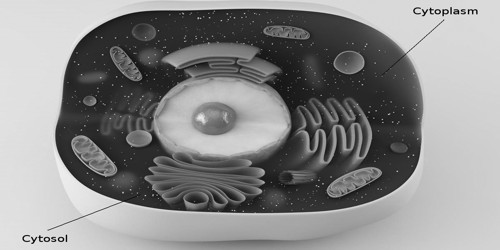Prague (Czech: Praha (ˈpraɦa), German: Prag), city, capital of the Czech Republic, and it is one of the most charming cities in central Europe. Situated on the Vltava River, Prague is home to about 1.3 million people, while its metropolitan area is estimated to have a population of 2.7 million. The city has a temperate oceanic climate, with relatively warm summers and chilly winters.
The city of Prague (Praha) is the dream destination of every traveler and is one of the most popular holiday destinations around the world. The city offers something for everyone and each one of us will surely find something to love there.
Lying at the heart of Europe, it is one of the continent’s finest cities and the major Czech economic and cultural center. The city has a rich architectural heritage that reflects both the uncertain currents of history in Bohemia and an urban life extending back more than 1,000 years.
Prague is a political, cultural, and economic center of central Europe complete with a rich history. Founded during the Romanesque and flourishing by the Gothic, Renaissance, and Baroque eras, Prague was the capital of the Kingdom of Bohemia and the main residence of several Holy Roman Emperors, most notably of Charles IV (r. 1346–1378). It was an important city to the Habsburg Monarchy and its Austro-Hungarian Empire. The city played major roles in the Bohemian and Protestant Reformation, the Thirty Years’ War and in 20th-century history as the capital of Czechoslovakia between the World Wars and the post-war Communist era.
Prague is classified as an “Alpha” global city according to GaWC studies and ranked sixth in the Tripadvisor world list of best destinations in 2016. In 2019, the city was ranked as the 69th most liveable city in the world by Mercer. In the same year, the PISCA Index ranked the city as the 13th most liveable city in the world. Its rich history makes it a popular tourist destination and as of 2017, the city receives more than 8.5 million international visitors annually. In 2017 Prague was listed as the fifth most visited European city after London, Paris, Rome, and Istanbul.
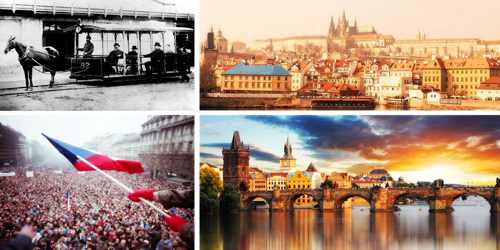
History of the city –
The early period: For thousands of years that portion of Vltava’s course where Prague was to rise was crossed by trade routes linking northern and southern Europe. The region is replete with Paleolithic relics, and Neolithic farmers inhabited the region from about 5000 to 2700 BCE. Celts had settlements in the region from about 500 to 200 BCE, including the fortified Závist, to the south of Prague. From the 4th to the 6th century CE, Slavs appeared on the Vltava banks, followed by the Avars.
The first settlement at what is now Prague has been traced to the second half of the 9th century. The oldest building was Vyšehrad (hrad, “castle”), set on a commanding right-bank hill. It was followed by what was to become Hradčany, set on an equally commanding left-bank site a little downstream. Legend (stirringly told in Smetana’s opera Libuše) ascribes the foundation of Prague to a Princess Libuše and her husband, Přemysl, founder of the Přemyslid dynasty; legend notwithstanding, the Přemyslids, in power from about 800 to 1306, consolidated a political base centered on Prague that was to be the nucleus of the Bohemian state and that enabled the natural trade advantages of the city site to develop under defensive protection. The dynasty included St. Wenceslas (Václav), who was murdered by his brother Boleslav in about 939 and whose statue now looks down upon the square to which his name has been given; and Boleslav I, whose reign (c. 936–967) witnessed the consolidation of power against a German threat. The little community flourished, and in 965 the Jewish merchant and traveler Ibrāhīm ibn Yaʿqūb was able to describe it as a “busy trading center.” In 973 the bishopric of Prague was founded.
9th century – 13th century
Prague was part of the short-lived Great Moravian Empire until the Czechs finally broke away from it. Around the 870s Prince Borivoj built the Prague castle. Soon after this, the area around the Castle fledged into an important trading center, where the merchants from all over Europe came together. In 1085, Vratislav II became the first Czech king. In 1170, the first stone bridge was built (Judith Bridge) over the river Vltava (which collapsed in the year 1342 and a new bridge, Charles Bridge took its place in 1357). Otakar became King and granted royal privileges on Staré město or the Old Town, and in 1257 Malá Strana or the Lesser town came into existence by Otakar II.
14th Century – Golden Age
In 1310 the Holy Roman emperor John of Luxembourg became King of Bohemia. The city bloomed in the 14th century under the Luxembourg dynasty during the reign of Charles IV, as Prague became one of Europe’s largest and wealthiest cities. During this period, Hradčany was established around 1320 and in 1338 the Old Townhall was established. In 1342, the Judith Bridge collapsed in a flood which was replaced by the Charles Bridge in 1357. In the year 1348, Nové město or the New town was found and the Charles University, the first University in Central Europe, was established. In 1355, Charles IV was elected as the Holy Emperor and Prague became the capital of the Holy Roman Empire.
In the following two centuries, Prague strengthened its role as a merchant city. Many noteworthy Gothic buildings were erected and Vladislav Hall of the Prague Castle was added.
15th Century – 16th Century (Hussite Revolution & Habsburg Rule)
Charles IV died in 1378. During the reign of his son, King Wenceslaus IV (1378–1419), a period of intense turmoil ensued. During Easter 1389, members of the Prague clergy announced that Jews had desecrated the host (Eucharistic wafer) and the clergy encouraged mobs to pillage, ransack and burn the Jewish quarter. Nearly the entire Jewish population of Prague (3,000 people) was murdered.
The 15th century is marked by religious conflicts between the Hussite and the Roman Catholic Church in Bohemia. This was caused by Jan Hus’s church reform movement which eventually led to his conviction and his death, provoking the Hussite preacher, Jan Zelivsky, to rebel. Catholic councilors were thrown down from the New Town Hall and Prague was then ruled by certain Hussite committees. Many historical monuments were destroyed and Prague Castle was also damaged in this era.
In 1526, however, the Roman Catholic Habsburgs became rulers of Bohemia and attempted to crush Czech Protestantism. The Second Defenestration of Prague (1618), when the governors of Bohemia were thrown from the windows of the council room in Hradčany one of the major events precipitating the Thirty Years’ War was followed by the decisive defeat of Protestant forces at the Battle of the White Mountain, near the city, in 1620. Twenty-seven Prague commoners and Czech noblemen were executed on the Staroměstské Square in 1621; the city ceased to be the capital of the empire, was occupied by Saxons (1631) and Swedes (1648), and went into a decline hastened by two outbreaks of plague. Other areas were damaged and the population in the city declined by more than 50%.
Evolution of the modern city –
The return of more settled conditions in central Europe was marked by renewed economic growth, and Prague’s population grew from 40,000 in 1705 to more than 80,000 by 1771. In 1784 the Old Town, the New Town, the Malá Strana, and the Hradčany complex were administratively united into one city. The merchants and the mostly German, Spanish, and Italian nobility who were active in and around Prague in this period had an enormous effect on both architecture and cultural life. Outstanding architects created magnificent palaces and gardens, and churches in the Prague version of the Baroque style sprang up throughout the city.
In 1784, under Joseph II, the four municipalities of Malá Strana, Nové Město, Staré Město, and Hradčany were merged into a single entity. The Jewish district, called Josefov, was included only in 1850. The Industrial Revolution had a strong effect in Prague, as factories could take advantage of the coal mines and ironworks of the nearby region. A first suburb, Karlín, was created in 1817, and twenty years later the population exceeded 100,000.
The revolutions in Europe in 1848 also touched Prague, but they were fiercely suppressed. In the following years, the Czech National Revival began its rise, until it gained the majority in the town council in 1861. Prague had a German-speaking majority in 1848, but by 1880 the number of German speakers had decreased to 14% (42,000), and by 1910 to 6.7% (37,000), due to a massive increase of the city’s overall population caused by the influx of Czechs from the rest of Bohemia and Moravia and also due to return of social status importance of the Czech language.
Within 20 years Czechs had won a majority on the City Council, and Czech cultural life was experiencing a renascence centered on Prague. The Neoclassical building of the National Museum and the National Theatre are only two examples of the building that took place in this period. By the 1890s the first electric streetcars (trams) were running in the city, urban services were being reorganized, and a replica of the Eiffel Tower overlooked the city from Petřín Hill.
20th century
Prague became the capital of independent Czechoslovakia after the fall of the Austro-Hungarian empire in 1918. Prague Castle became the place for the first president of Czechoslovakia, Tomáš Garrigue Masaryk. In between World War I and World War II, Prague became closer to Paris. During World War II (1939-1945), Prague was occupied by Nazi – Germany. After the war, Czechoslovakia was re-established as an independent state, and Sudeten Germans were thrown out and sent back to Germany and Austria.
In 1946 the communists (KSC) became the dominant party and formed a coalition government with other socialist parties. In 1948 the communists seized power and many democrats fled the country. In the 1950’s the country suffered harsh repression and decline, Stalin style practices adopted by the KSC (Communist Party of Czechoslovakia) proved to be more damaging than anything. Eventually, those in charge of the KSC were executed.
On 17th November 1989, the Velvet Revolution started in Prague that ended communism thus making Czechoslovakia a democratic country. In January 1990, the first democratic elections were conducted, making Václav Havel the president. On 1st January 1993, Czechoslovakia was split into two independent countries, Slovakia and the Czech Republic. Prague became the capital of the Czech Republic.
The Czechs’ relations with Germany and Austria in the year 2000 were tense due to the Czechs’ refusal to remove the Temelin nuclear power station in southern Bohemia. Also, the removal of German Sudeten after World War II, stripping them of their Czechoslovakian citizenship, still remains an issue. Despite political apologies, German Sudeten are still prevented by law from re-claiming their property.
From 1995 high-rise buildings began to be built in Prague in large quantities. In the late 1990s, Prague again became an important cultural center of Europe and was notably influenced by globalization. In 2000, the IMF and World Bank summit took place in Prague and anti-globalization riots took place here. In 2002, Prague suffered from widespread floods that damaged buildings and its underground transport system.
Throughout the 1990s Prague underwent a cultural, economic, and political transformation. The stock market opened for the first time since World War II, the city was modernized, and it became a major tourist destination. Capping Prague’s rebirth, it was designated a European City of Culture in 2000.
Prague launched a bid for the 2016 Summer Olympics but failed to make the candidate city shortlist. In June 2009, as the result of financial pressures from the global recession, Prague’s officials also chose to cancel the city’s planned bid for the 2020 Summer Olympics.
Information Sources:
